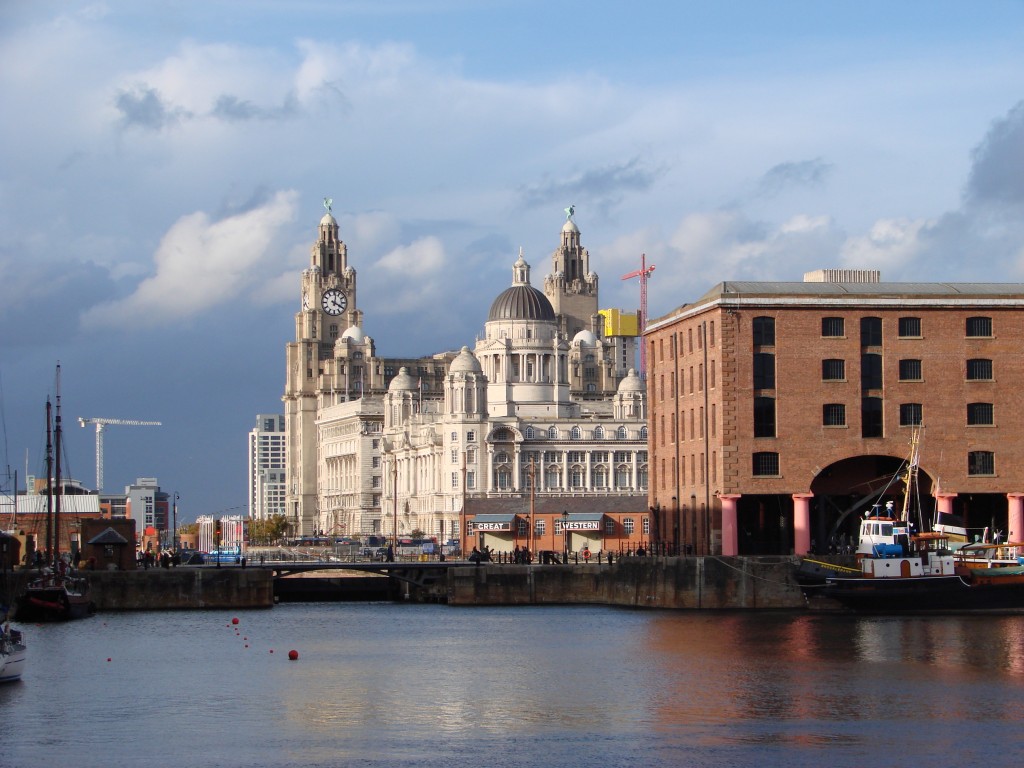Statistics from the national tourism agency Visit Britain reveal that UK cities once regarded as industrial giants are rapidly becoming post-industrial visitor attractions.

Liverpool skyline
While London and Edinburgh maintain their positions as the UK’s two most popular locations for city breaks, others once better known as manufacturing centres are now attracting large numbers of international visitors.
The cities cited in the report are Manchester, Birmingham, Liverpool and Bristol which were all among the top UK urban destinations last year. This will be good news for leisure and retail commercial property occupiers who will benefit from the increasing number of tourists flocking to hotels, restaurants, bars and shops.
The statistics show that the number of visitors to England as a whole was the highest since 2008. Scotland and Wales both enjoyed a good year too, but visits to Northern Ireland fell slightly during 2010. These figures include a 3% rise in business visits providing a boost for those commercial properties offering conference facilities and meeting rooms.
A breakdown of the figures reveals that counties including Worcestershire, Warwickshire and Nottinghamshire all experienced a 10% rise in visitor numbers.
London is by far the most popular UK destination for international tourists, attracting 15.2 million visitors. Edinburgh occupies second place with 1.3 million visitors providing a boost to the city’s economy.
In third place is Manchester reflecting the benefits of the huge regeneration the city has undergone in recent years. This has transformed the skyline and dramatically increased Manchester’s commercial property floor space providing an abundance of high quality stock in the retail, leisure and office categories.
The global appeal of the city’s two Premier League football clubs is also cited as a factor in Manchester’s appeal. Overall Manchester welcomed 936,000 visitors during 2011, representing a 15% increase on the previous year.
Birmingham followed in fourth place with 732,000 visitors attracted by the city’s first class shopping district. This includes the Bullring, one the UK’s largest shopping centres, which boasts a range of top retailers and leisure commercial properties.
Birmingham’s reputation as an international conference centre also adds to its appeal, attracting business visitors from all over the world.
Liverpool enjoyed a 15% increase in tourism, snatching fifth place from Glasgow. The city’s status as a UNESCO World Heritage Site on account of its historic waterfront is likely to have been a factor in this, alongside its musical heritage. Liverpool is also one of the top five retail destinations in the UK.
Other UK cities seeing significant increases in visitor numbers include regional commercial and retail centres like Bristol and Leeds which have undergone similar post-industrial transformations providing a range of attractive commercial property choices.
Smaller towns and cities like Stratford-upon-Avon, Harrogate, Cheltenham and Windsor also saw big increases in overseas visitors during 2011.
Patricia Yates, Communication and Strategy and Director for VisitBritain, said the figures provide a boost to the UK economy and generate employment across Britain.
“These results confirm that international visitors who might come here because of the global appeal of London are starting to appreciate our vibrant cities outside the capital, and the very different offerings of Edinburgh, Birmingham, Liverpool and Manchester,” she said.
Previous Post
Commercial Property Creates 1,000 Jobs in Cardiff